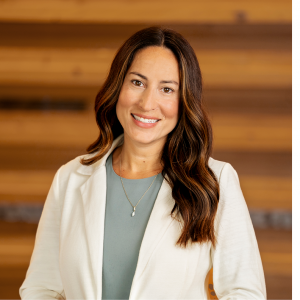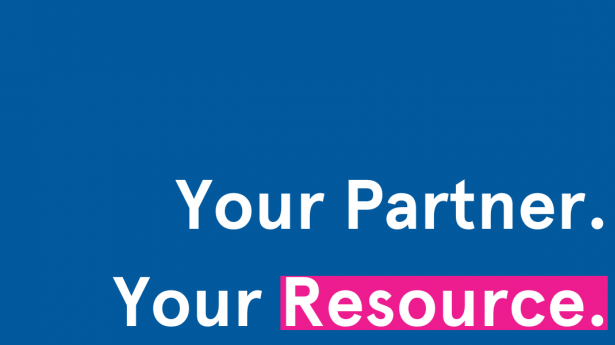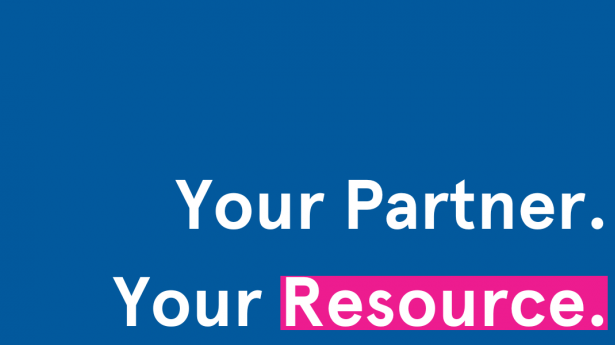September 2025 Newsletter
Collaborating to Create Impact
A Note from Sasha Pyatte, Director of Philanthropic Partnerships

As Director of Philanthropic Partnerships, I have the privilege of walking alongside donors and their advisors to help transform generosity into lasting community change. What I love most about this role is the opportunity to listen, really listen, to what matters most to a family, and then find ways to bring those passions to life in our region by connecting them with high-impact projects or even creating new ones together.
One of the most meaningful examples of this collaboration is Heroes’ Village, Sarasota County’s first dedicated housing complex for veterans. The idea began with two donors who dreamed of creating a place for veterans to call home. With their seed funding, Gulf Coast’s support, the City of Sarasota’s partnership, and additional gifts from other donors, we made that dream a reality. Veterans moved in this summer, and witnessing that moment reminded me why this work matters so deeply.
Every day, I see the joy and fulfillment that comes when donors, advisors, and community partners join forces. It is an honor to be part of those conversations and collaborations, and I look forward to helping your clients create their own legacy of impact.

COUNTING DOWN THE CLOCK:
Gift Planning for 2025
Carpe diem.
If your practice includes clients who give to charity, it’s crucial to get up to speed on the basics of the OBBBA’s changes to charitable tax deductions. 2025 presents a window of opportunity for your clients who itemize deductions, in part because of the OBBBA’s increases to the standard deduction in 2025 and in part because itemized charitable deductions will be subject to a floor and cap starting in 2026. “Bunching” using donor-advised funds at Gulf Coast is shaping up to be an important strategy this year. If you missed our August Professional Advisor Newsletter where we shared the details of these changes, please reach out. We’d love to connect to discuss how the changes could affect you and your client.
Fundamentals. Fundamentals. Fundamentals.
Sure, a lot is changing, but a lot isn’t. Appreciated stock is still likely to be a much more tax-savvy gift to charity than cash, and it’s important to keep this top of mind. In addition, IRAs remain a powerful charitable planning tool. For instance, when your client names a fund at Gulf Coast as the beneficiary of an IRA, the gift avoids estate tax and income tax, both of which can hit heirs hard. Plus, for your clients who are 70 ½ or older, the Qualified Charitable Distribution (QCD) is a great way to transfer up to $108,000 (2025’s per-taxpayer limit) income-tax free to Gulf Coast to fund a designated fund, scholarship, field of interest, or to support any of Gulf Coast initiatives. Donor-advised funds are prohibited, however a donor designated fund is a great option.
Please reach out to the Gulf Coast Team. We’re honored to be your first call when charitable giving pops up during your client conversations. Thank you for the opportunity to work together!

TONGUE TWISTERS:
OBBBA, IRA, QCDs, and DAFs
If your clients have questions for you, it’s for a good reason. The rules for using IRAs to give to charity were complicated before the One Big Beautiful Bill Act (OBBBA) was thrown into the mix. Let’s address a few frequently asked questions we’ve been hearing from attorneys, CPAs, and financial advisors as you counsel your charitable clients.
“I have a lot of clients who are 70 ½ and older. I know there was a new tax passed over the summer. Did the rules change for QCDs?”
The short answer is no–the One Big Beautiful Bill Act did not directly change the IRS’s rules for Qualified Charitable Distributions (QCDs). Through a QCD, a taxpayer who is over the age of 70 ½ can direct up to $108,000 (2025 limit) from an IRA to an eligible charity, including some types of funds at Gulf Coast.
“What other factors should I consider to best guide my clients who are 70½ and older?”
QCDs are even more tax-savvy after the One Big Beautiful Bill Act because they bypass the new 0.5% adjusted gross income floor that will apply to itemized charitable deductions starting in 2026. Unlike other gifts, QCDs also avoid the 35% cap on deduction value for high-income taxpayers, preserving their full tax benefit. Because they reduce taxable income directly without requiring itemization, QCDs provide retirees a simple, consistent way to maximize charitable impact in a more restrictive tax environment.
“My client has heard a lot about Donor-Advised Funds in the news. Can they set up one with their QCD?”
No, a donor-advised fund is not a permissible QCD recipient under IRS rules. If your client is open to exploring other options, our team is happy to work with you and your client to explore alternative types of funds that meet your client’s financial and estate planning goals and maximize community impact.

FLOOR TO CEILING:
Factors Influencing Giving for Corporations
At Gulf Coast, we can work with you as you counsel clients who are business leaders and business owners to structure charitable giving plans for maximum impact. In many cases, corporate giving strategies include donating to local charities, whether directly or through a corporate fund at the Foundation.
For your clients who are business owners, now is the time to discuss changes to the charitable deduction rules that apply to corporations and explore options. Here’s what you need to know:
A new “floor” on the deductibility of charitable donations is coming in 2026
Starting in 2026, corporations can only deduct charitable contributions that exceed 1% of their taxable income. Donations below that threshold won’t be deductible at all. This means, for example, that a company with $10 million in taxable income must give more than $100,000 to take a charitable deduction–and even then, only donations above that $100,000 are eligible for a charitable deduction. Many worry that this change in the law will negatively impact corporate giving, which reached an all-time high last year.
The “ceiling” stays in place–and it’s trickier.
The IRS’s ceiling on charitable deductions—allowing corporations to deduct up to 10% of taxable income—still applies. Starting in 2026, both the new 1% floor and the existing 10% ceiling will apply simultaneously, which makes things more complex. That means only amounts exceeding the 1% floor and up to the 10% ceiling are deductible. Both categories of “disallowed” giving can be carried forward for up to five years. In a carryforward year, the donation can only be deducted if the total giving in that year exceeds the 1% floor, and the carried-forward portion, together with current-year giving, doesn’t exceed the 10% cap for that year. Tricky!
So what now? Here are two important takeaways
Don’t wait to address this issue.
Act quickly to review strategies for your clients who are business owners for the remainder of 2025 and look ahead to future years. If you want to explore how your clients can establish a corporate donor-advised fund to maximize deductions for 2025 before the floor kicks in, please don’t hesitate to reach out
Consider sponsorship opportunities or business expenses as an alternate strategy.
It may make sense for business owners may wish to review whether to approach certain giving as a charitable deduction or a business expense. Companies can still deduct nonprofit sponsorships as marketing expenses if the payment provides a direct business benefit, such as brand visibility, rather than being considered a pure charitable donation. And they can do so with no giving floor. Under IRS rules, your business will need to substantiate the benefit received. Note that there can be greater IRS scrutiny for this option so good record keeping and documentation is a must.
Your Resource.
As you serve your philanthropic clients, we strive to be your resource and sounding board. Understanding the charitable side of the equation allows us to serve as a secondary source for you as you manage the primary relationship with your clients.
Connect with us anytime! It’s our pleasure to work with you in partnership as you help your clients achieve their charitable giving goals for this year and many years beyond tomorrow.



